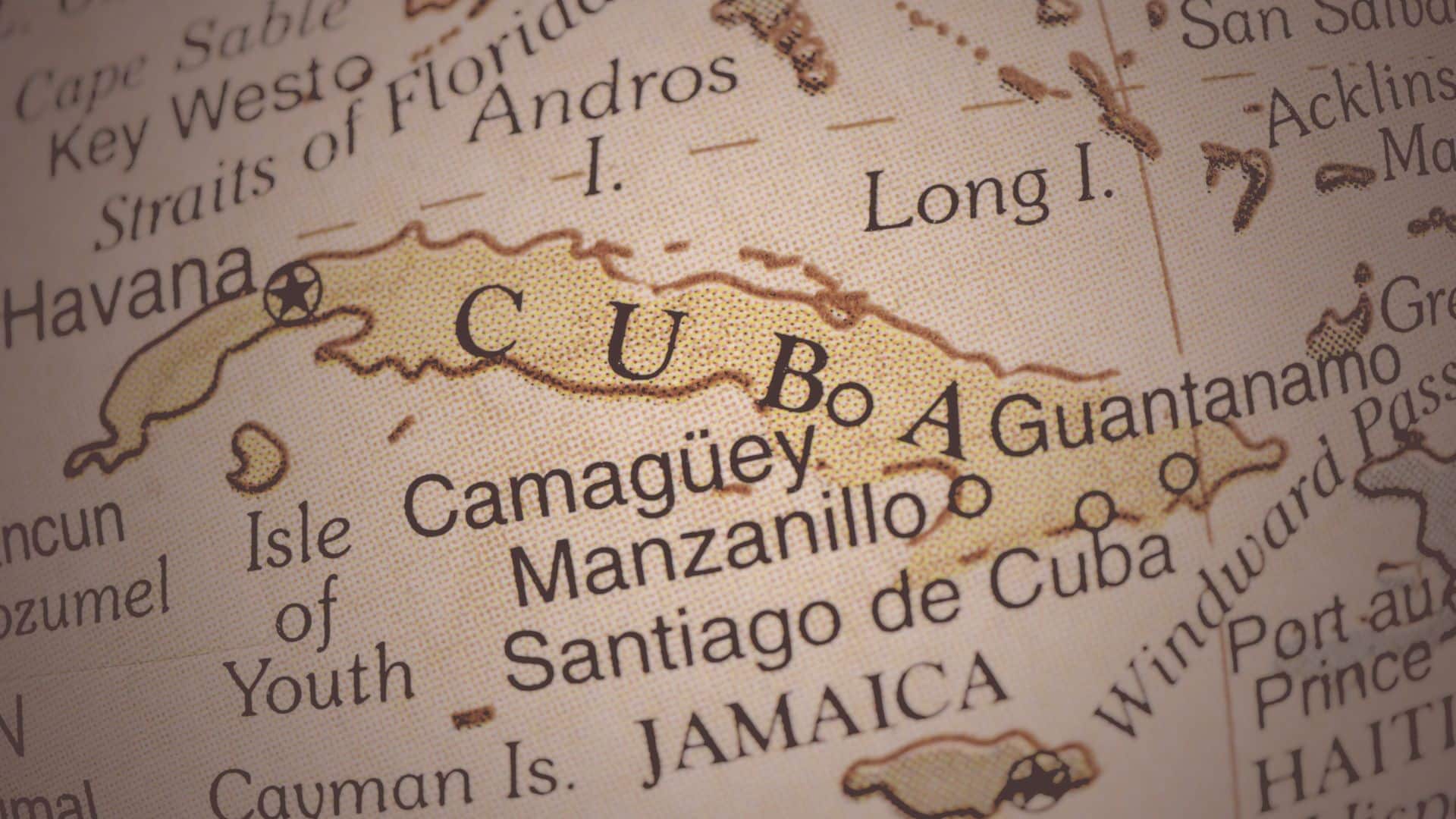Cuban Students Stand for Freedom

The recent protests led by university students began after the Cuban dictatorship’s state telecommunications company, Etecsa, on May 30, 2025 announced dramatic increases in internet pricing, and new restrictions in what critics describe as a “covert dollarization” and a “cash grab.” These protests are familiar to the 66-year-old regime. They are part of a longer historic pattern—an ongoing feature of the struggle for freedom in Cuba.
Over the past 155 years, students have played a role advocating for independence and freedom in Cuba. Despite the repeated efforts of the communist dictatorship to purge students advocating for freedom, dissent against authoritarianism in all its manifestations continues.
When the Ten Years War against Spanish colonial rule in Cuba was raging, eight university students from the School of Medicine were executed on November 27, 1871 for allegedly desecrating the grave of Spanish journalist Gonzalo Castanon. This episode became a symbol of resistance against colonial oppression and reminded Cubans of the sacrifices made for national independence.
Cuban university students during the Cuban Republic (1902 -1959) were a powerful influence in shaping political and social change. The Federation of University Students was a vibrant independent organization, founded in the 1920s and led by recognized and diverse leaders over the years—such as Julio Antonio Mella, a communist who opposed Gerardo Machado’s dictatorship, and Jose Antonio Echeverria, a Catholic who was killed in 1957 during the fight against Fulgencio Batista’s authoritarian regime.
The communist takeover in 1959 threatened to permanently silence the tradition of student dissent in Cuba’s universities.
In May 1959, when the University of Havana reopened after Fidel Castro’s revolution seized political control of Cuba, the FEU began the process of electing its national leader. Pedro Luis Boitel, a member of the 26th of July Movement and an engineering student was the favored choice by students. He was running against Rolando Cubela, a member of the Directorio Estudiantil Revolucionario. Both had fought against Batista, but Boitel had shown Fidel Castro that he had a mind of his own, while Cubela was willing to accept Castro’s plan to end university autonomy and bring student organizations under government control. Fidel Castro personally campaigned against Boitel. Cubela won the election, and university autonomy ended. Disillusioned with the revolution’s turn to communism, Pedro Luis Boitel established the Movement to Recuperate the Revolution (MRR). Charged with conspiracy, Boitel was summarily sentenced to 10 years in prison in 1961. He completed his ten year prison sentence, but died on hunger strike in 1972. In 1966, Cubela was arrested for plotting to assassinate Fidel Castro and sentenced to 25 years in prison.
In the summer of 1959, a group of university students at the University of Havana founded Trinchera Bulletin to promote democratic ideals in contrast to the communist narrative that had taken over Cuba’s political discourse. On February 5, 1960, Trinchera Bulletin founding members protested the visit of Anastas Mikoyan, the first high-ranking Soviet diplomat to visit Cuba after the revolution. They later founded the Directorio Revolucionario Estudiantil to fight for the reestablishment of a democratic republic in Cuba. Juanin Pereira, Virgilio Campaneria, Alberto Tapia Ruano, among others, were killed in the early years of the revolution, either by firing squads or in violent confrontations with the political police.
Between 1959 and 1989, large numbers of students were expelled from Cuban universities. During this time, the communist dictatorship declared that universities were only for “revolutionaries” and communist-aligned individuals.
Despite this repression, opposition continued to emerge from within communist institutions such as the Union of Young Communists (UJC) and the FEU. In the late 1980s, Jorge Quintana Silva, a mathematics student at the University of Havana, founded the group Seguidores de Mella. Quintana was a member of both the UJC and the FEU. On January 1, 1990, he sent a letter to the UJC at the University of Havana criticizing Fidel Castro and his policies. He and fellow student Carlos Ortega were detained, taken to State Security headquarters, and eventually imprisoned. Quintana suffered psychological and physical torture from which he never recovered. In 1992, Guillermo Fernández Donate was expelled from the Law School at the University of Havana and in 1993 he was prosecuted for his activism in the dissident group Corriente Socialista Democrática. Both cases were documented by Amnesty International.
In 1998, the dissident group Cuban Youth Movement for Democracy launched the campaign “Universitarios sin Fronteras” (University Without Borders) for university autonomy and began gathering signatures from students. Organizers Néstor Rodriguez Lobaina, Heriberto Leiva, and Radames Garcia were imprisoned while others continued the project. Their 5,000 collected signatures were presented publicly in 2007.
In 2002, students at the University of Camaguey were expelled for signing the Varela Project, a citizen initiative aimed at reforming Cuba’s communist constitution to restore respect for human rights. Among those students punished were Roger Rubio Lima and Harold Cepero Escalante. A decade later, on July 22, 2012, Harold Cepero and Oswaldo Paya Sardiñas, leaders of the Christian Liberation Movement, were assassinated in a car crash orchestrated by state security agents. The Inter-American Commission on Human Rights concluded that the Cuban regime is responsible for their deaths in a report published on June 9, 2023.
The indoctrination of Cuba’s youth has failed. The “new man” once envisioned by Castro’s regime has not materialized. The strongest opposition to the communist dictatorship in Cuba has consistently come from young people who want a better future and reject the injustices imposed by Cuban totalitarianism. During July 2021’s massive protests, thousands of young Cubans were seen and heard chanting “Freedom” across the island in amateur videos and international news coverage. Young Cubans are also voting with their feet, 77% of the Cuban migrant population is between 15 and 49 years of age. Over a million Cubans fled over the past four years alone.
The recent nonviolent protests by university students over internet prices and inequalities are just the tip of the iceberg. What students—and the Cuban people—truly seek is a change in the political system. There were reports from different parts of Cuba about repressive measures against students who voiced their discontent and called for an academic strike. Political police visited their universities, also some of their family members, and threatened students with harsh consequences.
Officials are using both carrots and sticks to silence student voices, to preserve the status quo, and, for now, have temporarily quelled dissent by offering them preferential pricing.
This creates greater inequality across other sectors of society with less privilege. This conflict has once again revealed the contradictions of Cuba’s state-controlled economy and demonstrated that the regime is vulnerable due to its own internal ideological contradictions.
Cuban university students, following the path of their predecessors, are once again on the vanguard, confronting entrenched, corrupt interests, and challenging those in power for not living up to their promises. What alarms regime oligarchs is that these dissenting students come from within their own institutions and communist frameworks. These ideological cadres, painstakingly formed by regime elites, are exposing the official’s hypocrisy in their own political language. Students are exposing the regime’s ideological incoherence, undermining its legitimacy.
Janisset Rivero is a program coordinator and advisor at the Center for a Free Cuba. John Suarez is the executive director at the Center for a Free Cuba. All opinions are those of the authors and do not necessarily represent the position or views of the institutions they represent or VOC.

